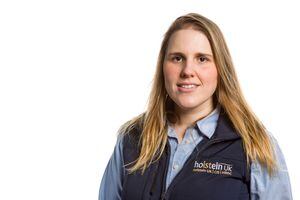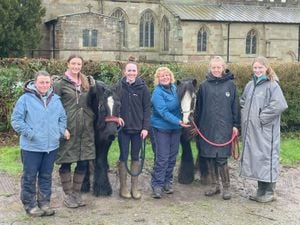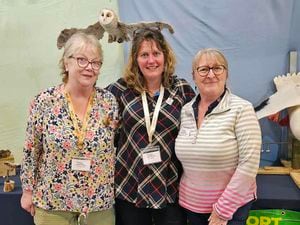Cream of the cowcrop make all the difference
Analysing return on investment is key when looking at anything on the farm business.

Holstein UK has been using the great amount of data that we have to really examine the difference in return on investment that animals in the herd can provide.
The key message is that on average the top 20 per cent of cows in the herd can produce in excess of £5,000 more in terms of lifetime milk earnings, compared to the bottom 20 per cent.
Holstein UK provide the service and knowledge that allows dairy farmers to identify which cows are in the top 20 per cent to help them retain these genetics to shape their future herd.
For a lifetime investment of less than £90 per cow, through the Holstein Group dairy farmers can gain insight in your herd through registration, genomic testing, BVD testing, classification, milk recording, and Johne’s monitoring
Just as important as delivering the results to you in a timely manner, is making sure that dairy farmers are able to interpret these as easily as possible. As such, a new genomics portal delivers return on investment on testing. It allows animals to be filtered and sorted across all different traits, allowing selection for breeding to be made.
The beauty of genomics is that animals can be evaluated at a much earlier age, with our approved registered cattle DNA tissue tags allowing this to be done from the point they are tagged with official ear tags.
According to AHDB the cost of raising a cow to its first lactation can be up to £2,000. As such, ensuring dairy farmers are investing in the correct animals for the future is imperative.
From looking at trends within the Holstein UK membership, there are more and more farmers looking towards genomics as a tool to help them select the right animals. However, it is important to use the information, or else the investment is pointless.
Holstein dairy farmers have reported that using genomic testing alongside other services, such as classification, has helped them to increase the fertility levels in their herd. This has resulted in better conception rates along with an increase in their overall yields.
By analysing the requirements of a milk contract, along with looking at the weaknesses within the dairy herd as well as aims for the future, genomics can be a worthwhile investment.
Lizzie Bonsall, Holstein UK





